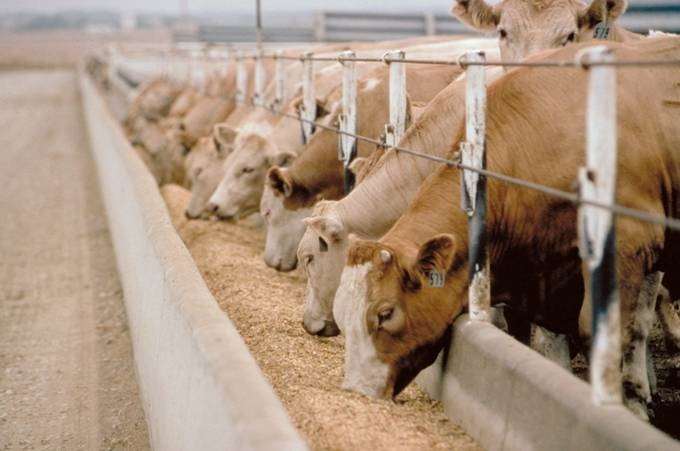
As the January 1 date approaches for 2017, which will put the Veterinary Feed Directive (VFD) officially into place, Dr. Kathy Simmons of the National Cattlemen’s Beef Association, is optimistic that all those involved and impacted by the rule will experience a smooth transition as they make necessary preparations on their respective ends.
“We hope we’re going to have a smooth transition, we always hope that,” Simmons said. “I think everybody who’s involved has been working towards that end point. I think veterinarians have been… working to make sure that everybody understands, how you complete a VFD.”
Dr. Simmons says veterinarians, producers and feed distributors alike, are currently educating themselves on the VFD drugs that are available right now, how they plan to use them in the future for their herd and how products will best be transitioned in the wake of new labelling changes.
For producers, Dr. Simmons says the most important thing to do now in preparation of VFD’s January 1 date, is to establish a VCPR, or veterinarian-client-patient relationship. This will help the transition immensely if done prior to the start of the new year.
With this working relationship established, producers will be able to focus on their responsibilities under VFD which include:
- Using products only per the VFD order as instructed (i.e. duration, dosage, number of animals treated, etc.)
- Using VFDs within the expiration period of the order
- Having VFD orders available for FDA inspection and copying if requested
Dr. Simmons added that the other responsibilities of the producer is to keep record of all VFD orders for a minimum of two years. She explained that producers should also make sure that original copy will be kept by their veterinarian and that a copy will be given to the feed distributor as well.
Click here to see more...